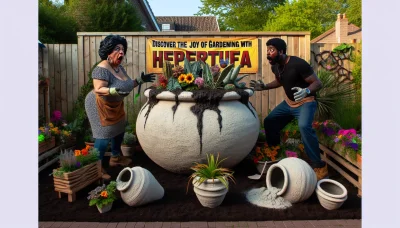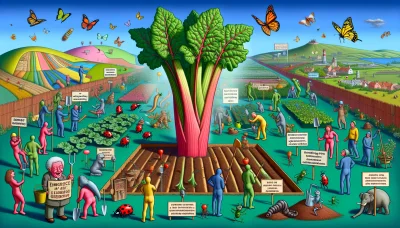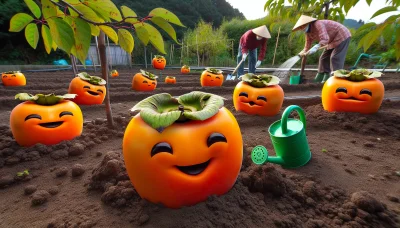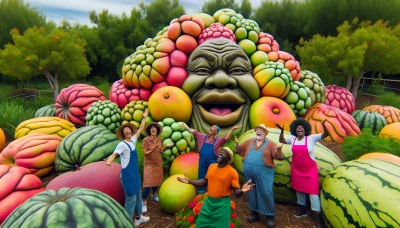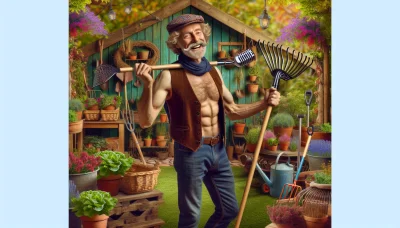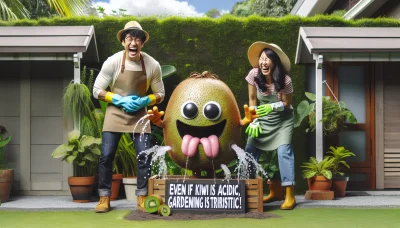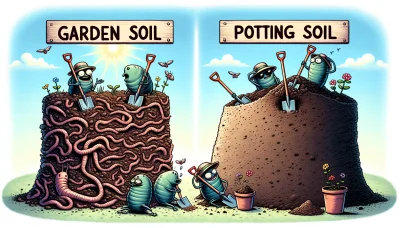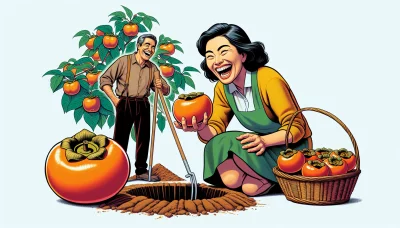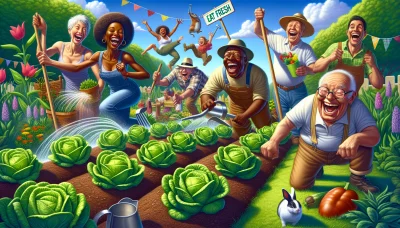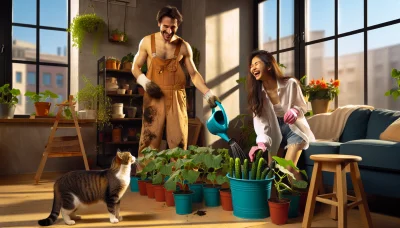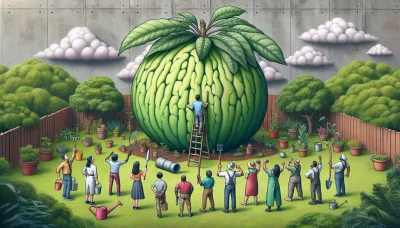Pieplant Quiz
Test Your Knowledge
Question of
Introduction to Pieplant: A Gardener's Guide
Pieplant, more commonly known as rhubarb, is a perennial plant that is cherished by gardeners and cooks alike for its tart, fruity flavor. This plant features large, green leaves and thick, red stalks, which are the only parts of the plant that are edible. Rhubarb is often used in desserts, such as pies and jams, but can also be found in savory dishes. In gardening, rhubarb is appreciated for its hardiness and ease of growth, making it a favorite among both novice and experienced gardeners. It thrives in cooler climates and can be harvested in the spring and early summer, adding a vibrant burst of color and flavor to the garden and kitchen.
The History of Pieplant
Pieplant, more commonly known as rhubarb, has a rich history that spans several continents and centuries. Originally native to Asia, its roots were first cultivated for medicinal purposes, valued for their strong laxative properties. It wasn't until the 18th century that rhubarb made its way into European gardens, not as a medicine, but as a culinary ingredient. The tartness of its stalks, which are the only edible part of the plant, became a popular addition to pies and desserts, earning it the affectionate nickname "pieplant." Over time, rhubarb transitioned from a medicinal herb to a beloved garden vegetable, marking its journey from the apothecaries of ancient China to the kitchen gardens of the world.
How to Grow Pieplant in Your Garden
- Choosing the Right Location: Select a sunny spot with well-drained soil. Pieplant, also known as rhubarb, thrives in cooler environments but needs plenty of sunlight.
- Soil Preparation: Prepare the soil by adding organic matter to enrich it. The soil pH should be between 6.0 and 6.8 for optimal growth.
- Planting Depth and Spacing: Plant the rhubarb crowns or seeds 2 inches deep into the soil. Space crowns or seedlings about 3 to 4 feet apart to give them room to grow.
- Watering Needs: After planting, water the plants generously. Rhubarb needs a consistent moisture level, so water the plants when the top inch of soil becomes dry.
- Mulching: Apply a layer of mulch around the plants to retain moisture, suppress weeds, and keep the root system cool.
- Fertilizing: Feed your rhubarb plants with a balanced fertilizer in early spring before the growth starts. Avoid high-nitrogen fertilizers as they can lead to lush foliage but poor stalk growth.
- Harvesting: Wait until the second year after planting to begin harvesting rhubarb stalks. Harvest in spring when the stalks are about 12 to 18 inches long, pulling them gently at the base.
- Winter Care: In the fall, after the first frost, remove any remaining leaves to prevent disease. Apply a thick layer of mulch to protect the crowns during the winter.
Common Challenges in Growing Pieplant
Growing pieplant, also known as rhubarb, presents gardeners with several common issues that can impact the health and productivity of their plants. One of the most prevalent problems is crown rot, a condition often caused by soil that is too wet or poorly drained. This condition can be mitigated by ensuring that the soil has good drainage and by avoiding overwatering. Another challenge is bolting, where the plant begins to flower and seed prematurely, which can reduce the quality and quantity of the harvestable stalks. Bolting is usually triggered by sudden changes in temperature, especially after a period of cold weather. To prevent bolting, gardeners can try to maintain a consistent temperature around the plants or use varieties that are less prone to bolting. Addressing these challenges early on can help ensure a healthy and productive pieplant crop.
Harvesting and Storing Pieplant
- Wait until the stalks of the pieplant (rhubarb) are at least 10 inches long before harvesting.
- Harvest stalks by either cutting at the base with a sharp knife or gently twisting and pulling them away from the plant.
- Leave at least two stalks on the plant to ensure continued growth.
- Pieplant is ripe for picking when the stalks are firm and glossy, with a deep red or green color, depending on the variety.
- Remove the leaves from the stalks immediately after harvesting, as they are toxic and should not be eaten.
- For short-term storage, wrap the stalks in plastic and store them in the refrigerator where they can last for up to two weeks.
- For long-term storage, cut the cleaned stalks into small pieces, blanch them for about 1 minute, then cool quickly in ice water. Drain and freeze in airtight containers.
- Avoid storing pieplant in copper, iron, or aluminum containers as the high levels of oxalic acid in the stalks can react with the metal and cause discoloration and off-flavors.
Delicious Pieplant Recipes for Gardeners
| Recipe Name | Ingredients | Preparation Time |
|---|---|---|
| Classic Pieplant Pie | Pieplant, sugar, flour, butter, egg, pie crust | 1 hour |
| Pieplant Crisp | Pieplant, oats, flour, brown sugar, butter, cinnamon | 45 minutes |
| Pieplant and Strawberry Jam | Pieplant, strawberries, sugar, lemon juice | 30 minutes (plus cooling) |
| Savory Pieplant Chutney | Pieplant, onion, vinegar, sugar, raisins, ginger | 1 hour 15 minutes |
Conclusion: The Joys of Growing Pieplant
Growing pieplant, commonly known as rhubarb, in your garden brings a multitude of benefits that extend far beyond its simple care requirements. This hardy perennial offers a rewarding experience for gardeners of all levels, thriving in various climates with minimal attention once established. Its robust growth can fill garden spaces with lush, green foliage and vibrant red stalks, adding both beauty and functionality to your gardening endeavors. Beyond its aesthetic appeal, pieplant is a versatile culinary ingredient. From tangy pies and crisps to savory sauces and jams, it can transform into a wide array of delicious dishes, enriching your home cooking with fresh, home-grown flavors. The joy of harvesting your own pieplant, witnessing its growth from sprout to stalk, and then transforming it into a delectable creation is an unparalleled satisfaction for any gardening enthusiast.

